Does your child become distressed when there is a change in the weather?
We are certainly seeing a lot of children encountering difficulties because of all of the recent snowfall.
Think about it: snow is unpredictable! How much are we going to get? Will there be school? A delayed opening? How long will it take to get places? How many kids are going to be at the sledding hill? Will it be loud? Will the hill be too big? Will I fall? What if my gloves get wet? The list goes on and on. Unpredictability and transitions are two of the top-most difficult situations for sensory kiddos to cope with.

Many parents have asked what they can do to help their children when the snow comes. Here are a few ideas!
1. Use a social story
Make up a simple social story to help prepare your kiddo for what’s coming. It can be something as simple as, “Tomorrow it will snow. We might get a lot, we might get a little, but it will be okay. We will shovel the driveway so we can get into the car if we need. We can even plan in the snow and go sledding. I’ll make sure to hold your hand when we’re walking in the snow to make sure you don’t fall”.
Preparing Beforehand: What might you include in your social story?

2. Avoid itchy fabrics, veer towards fleece instead
Think about your own personal preferences. I know that I’ve pulled a tag or two off of my sweatshirts because they just ITCH. And when you’re uncomfortable, it’s hard to deal with anything. Avoid dressing your child in something you might be uncomfortable in. Avoid the tight wool sweater and jeans under winter coats and snow pants. Try to find comfortable sweatshirts, sweatpants, and undergarments for your child so they are not uncomfortable during their snow play. Your best bet is to ASK them how they feel, before dressing them fully. Once the sweatshirt is on, ask “does this feel okay?” Then move on to the next article of clothing.
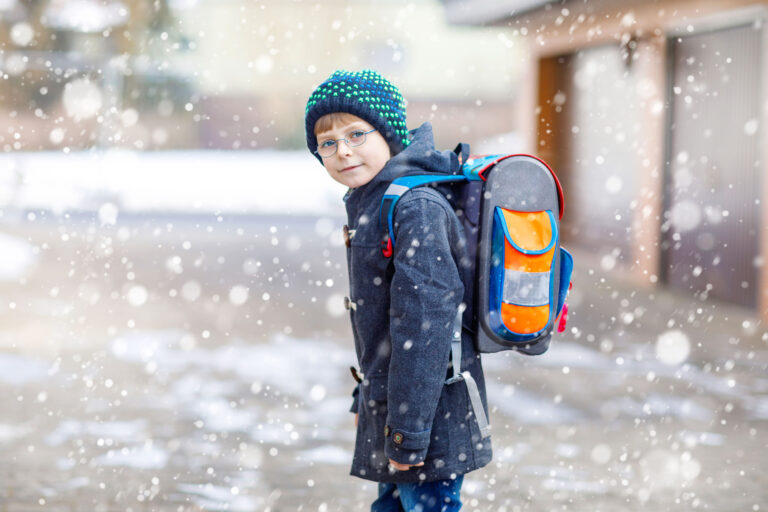
3. Bring a backup pair of gloves, mittens, hats, socks, etc.
NOTHING is worse than a wet beanie. Make sure you pack a backpack with your backup accessories just in case your little one becomes uncomfortable with wet clothing.
4. Attach a sensory tool to the jacket zipper.
Although this may be difficult in a public setting due to the mask mandate, if you are playing in your backyard you can ALWAYS attach a chewy or piece of “chewelery” to your kiddos jacket zipper to help them stay regulated throughout their play time.
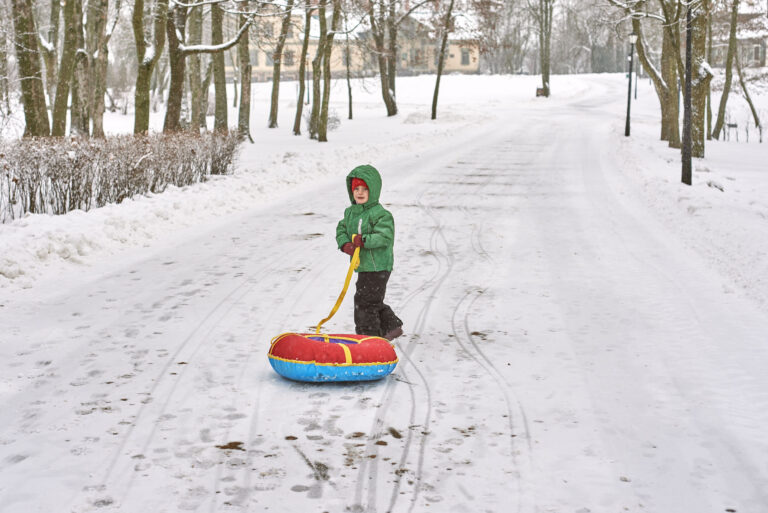
5. Decrease the stimuli!
Sledding at a public hill involves a lot more than just sledding. They are busy and loud. There is the fear of getting hit by other sledders. Maybe your kiddo is sensitive to vestibular input and is fearful of the large hills or going too fast. But don’t worry! There are options.
Go to a smaller hill, go at a less busy time of day, and bring headphones in case there is a large, noisy crowd.
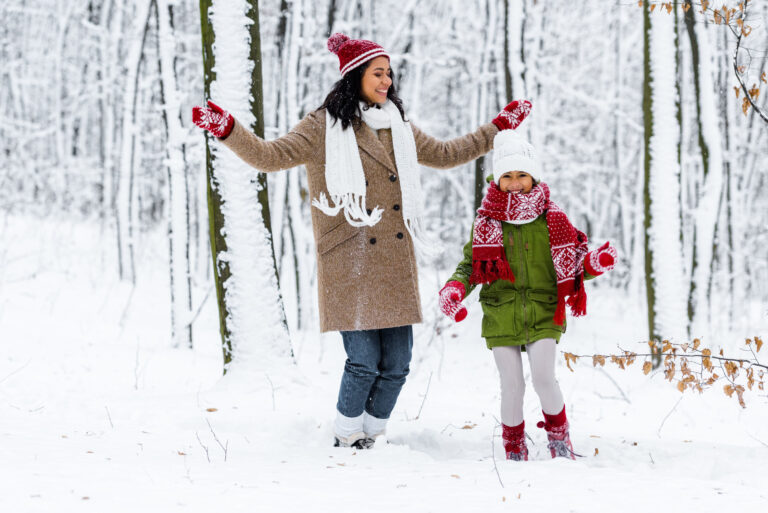
6. Go WITH your kids!
No one likes to play alone! Regardless of your child’s age, get out there! Especially if they might have sensory adversities to the snow or cold weather. This is a hard task for them, so as a parent try your best to make it a FUN experience! Bring out their favorite characters and have them go on a scavenger hunt through the snow to find preferred items. Build an igloo together. Reinforce their courage and use your imagination to show them how much fun the outdoors can really be

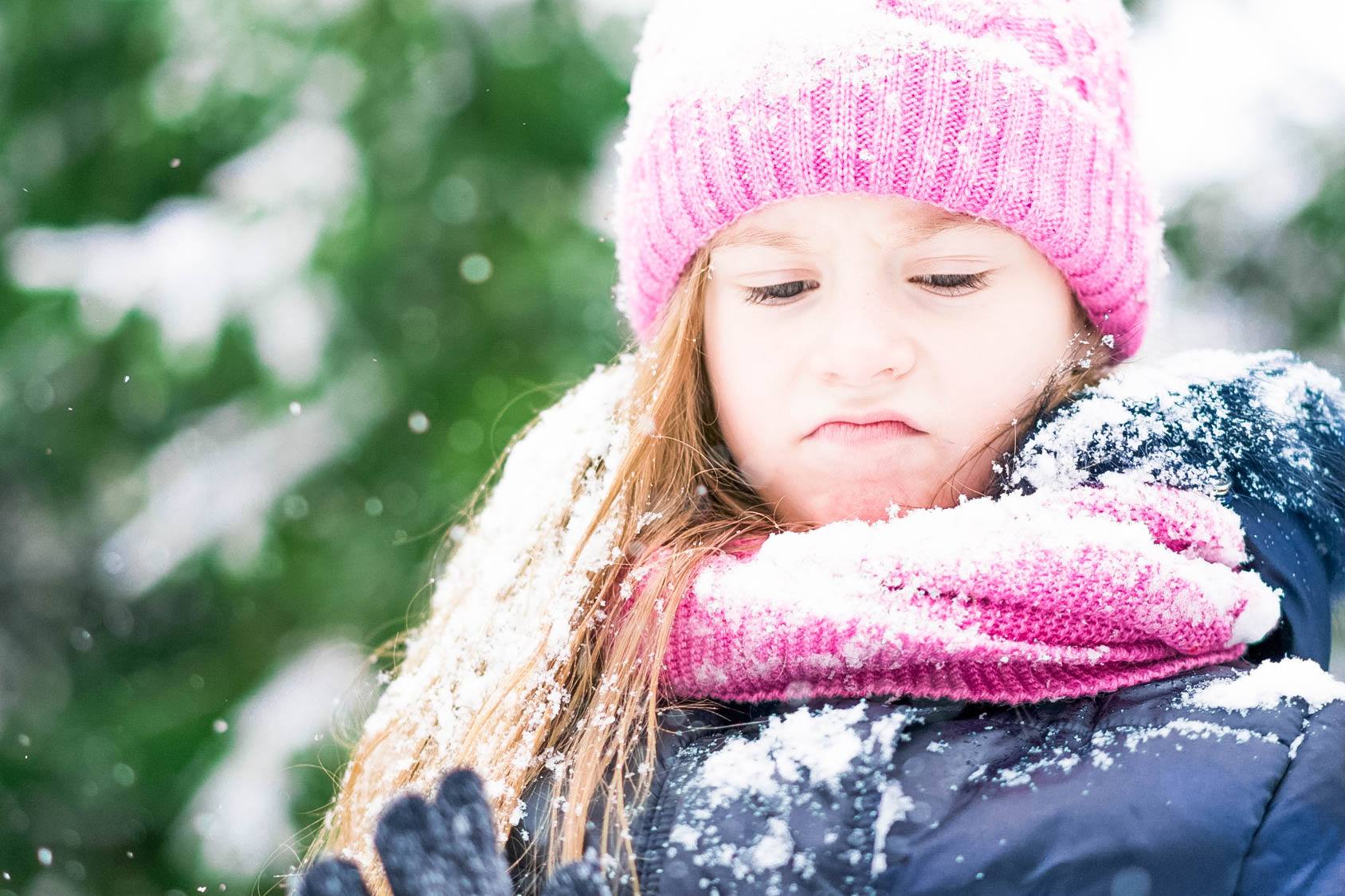

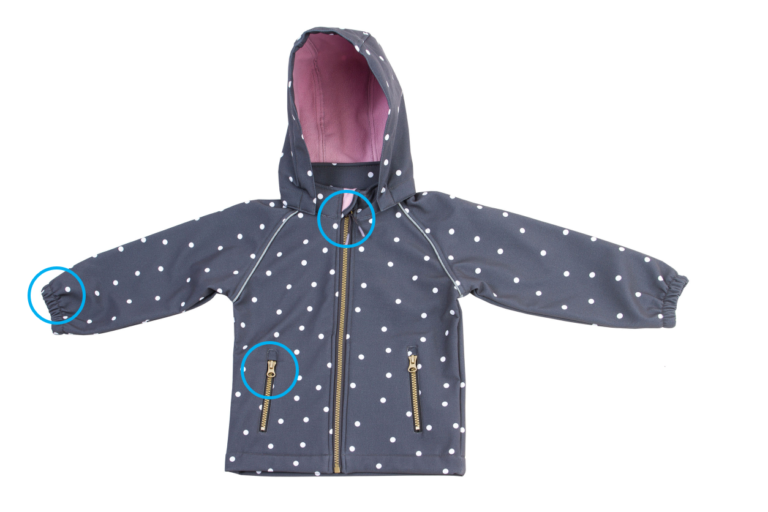


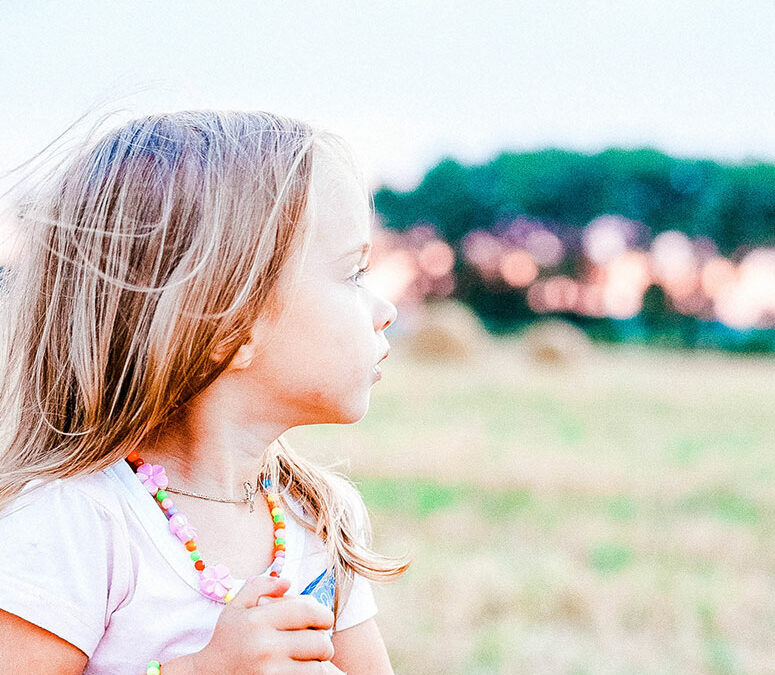
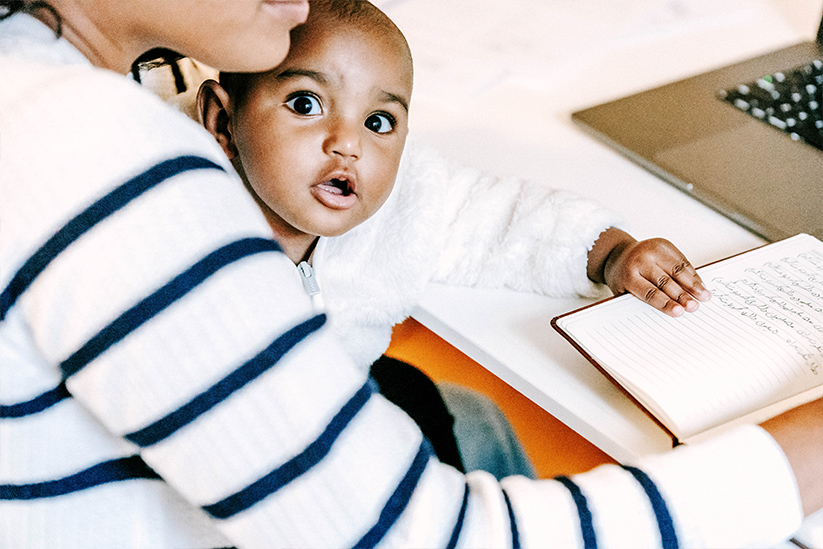
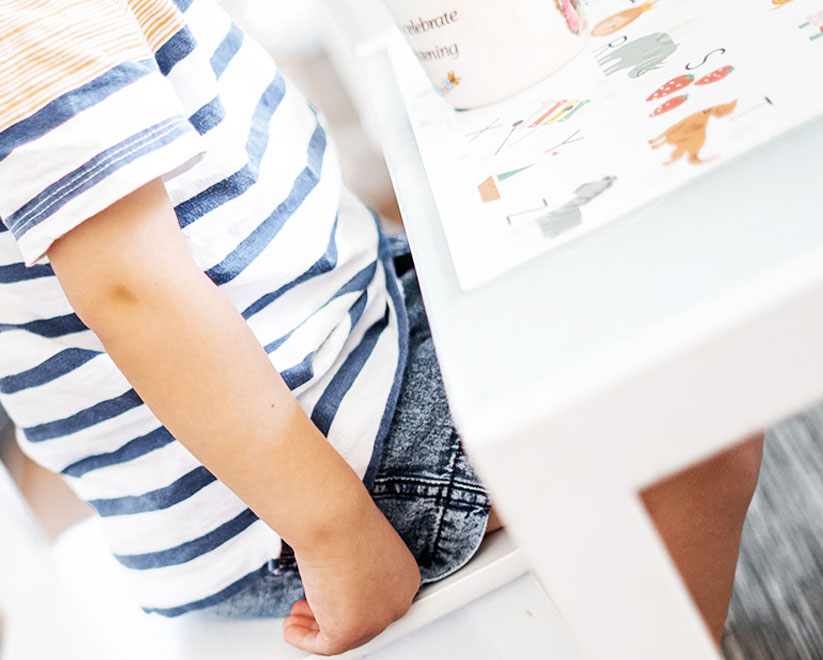


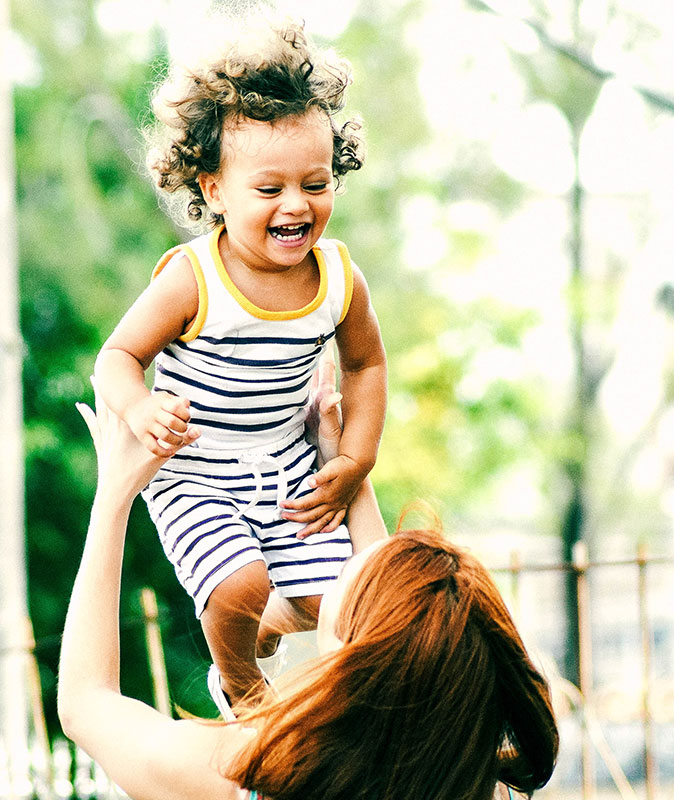
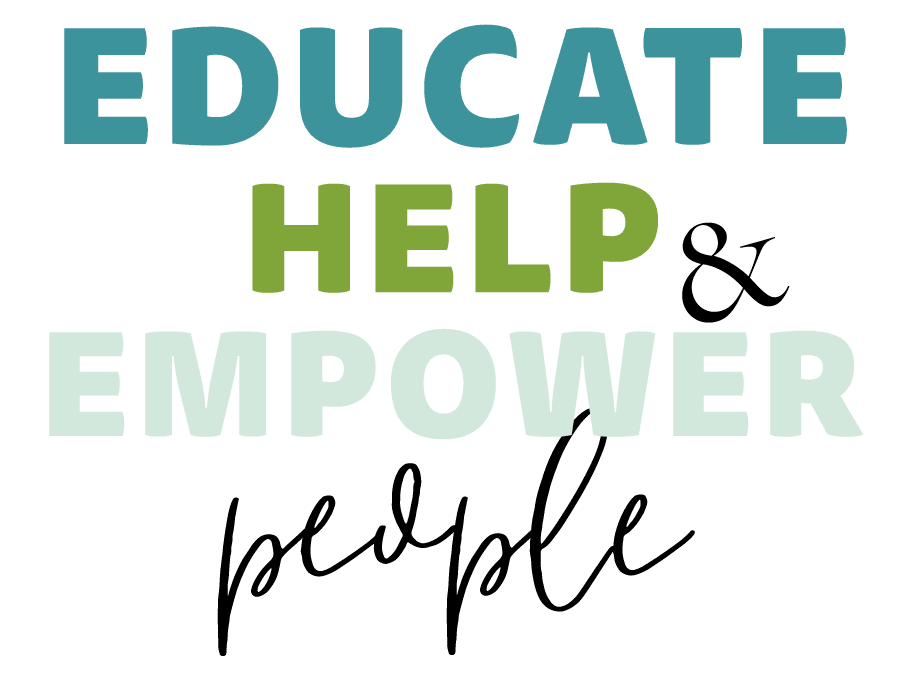
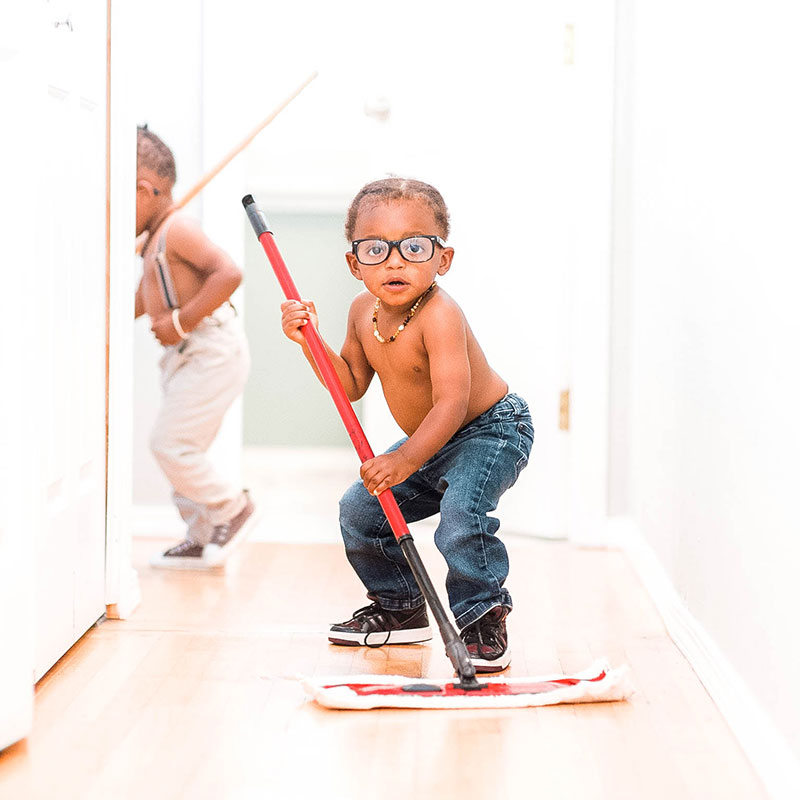



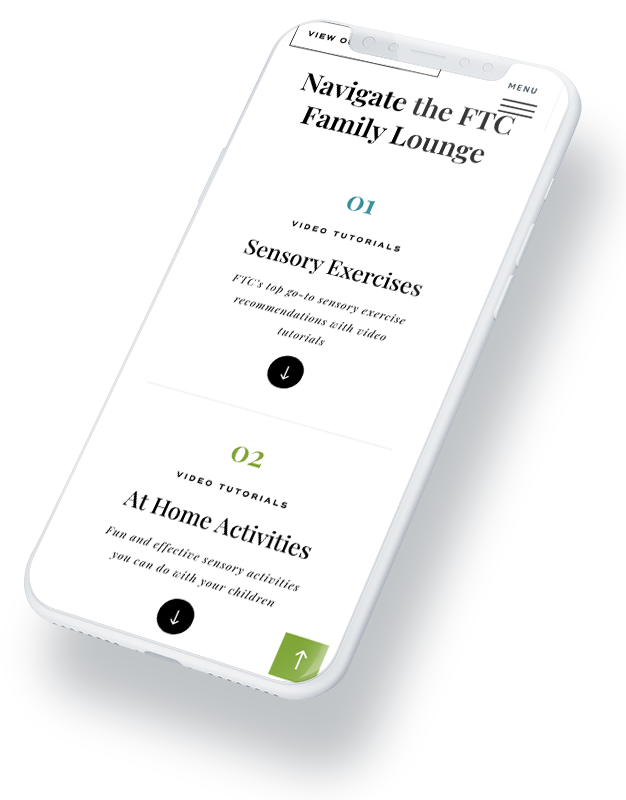

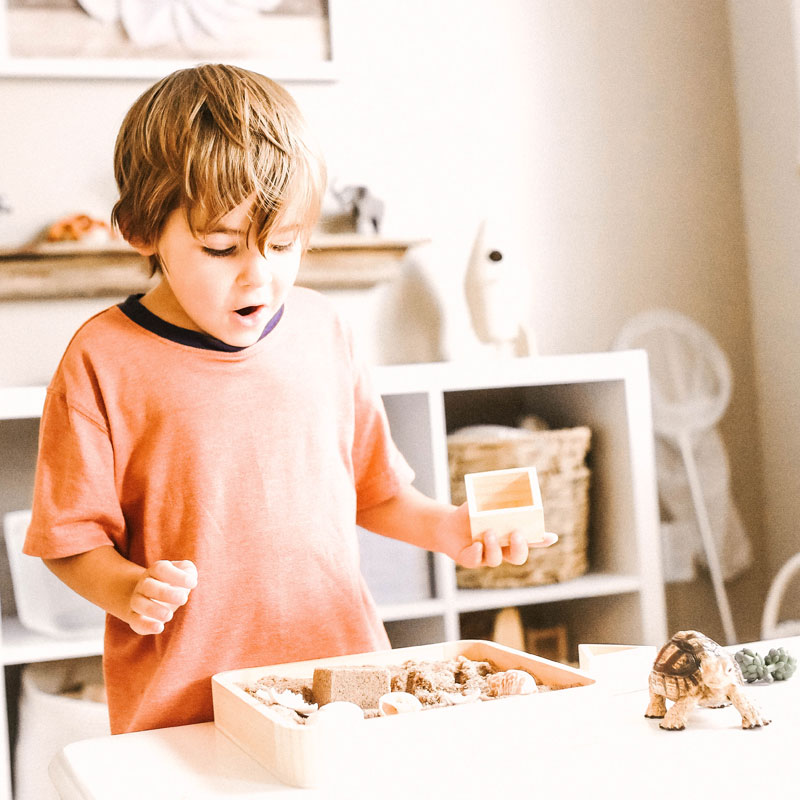

Comments
0 Comments